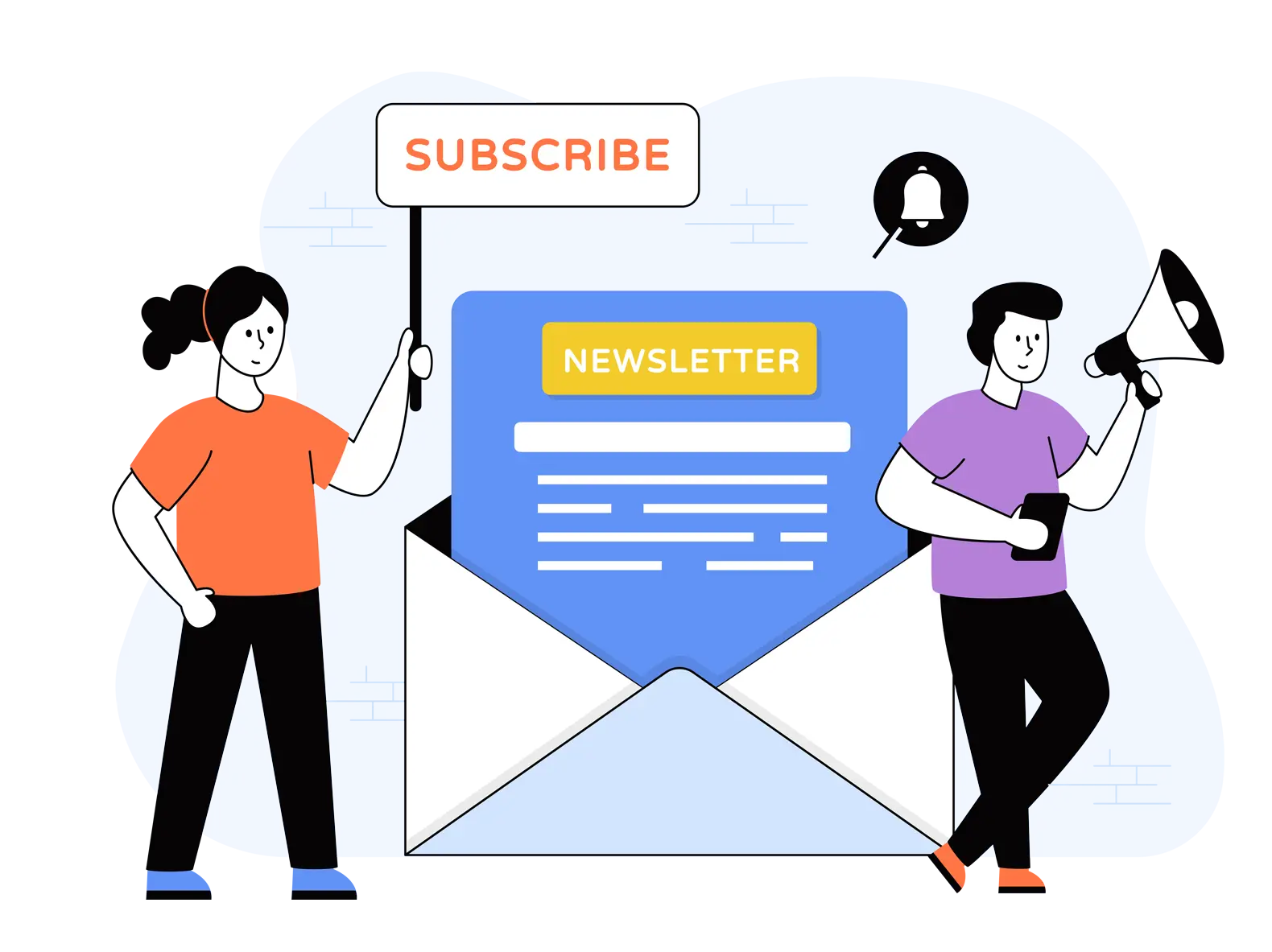Did you know that 74% of American companies either have a hybrid mechanism or plan to implement one? This is why SMBs and large firms turn to an Enterprise Video Platform to host videos for improved internal and external communications and better collaboration.
Stats show that the global average for video consumption is about 100 minutes per day, indicating a shift in digital consumption patterns.
When talking about internal collaborations, we are not limiting it to stakeholders and existing employees but to new hires. While onboarding processes are mostly in-person, with hybrid work conditions becoming common, employee onboarding is also becoming virtual.
On that note, let’s look at what an enterprise video content management system is and how it facilitates employee onboarding.
What is an Enterprise Video Platform?
An enterprise video platform is an enterprise-level video CMS platform that lets you create and manage all your content. It provides several features and bells and whistles to help optimize video content.
Using white-label platforms, you can customize the portal and completely erase any third-party logos and watermarks.
Besides that, EVCMs also allow the automatic insertion of transcriptions and translations, which leads to better accessibility and improved searchability.
What are the Benefits of Onboarding Videos?
The main aim of onboarding is to make new hires comfortable and aware of the company’s values and culture.
But often, it turns out to be a boring classroom-style lecture that does not do much good.
The best way to make it exciting and engaging is by utilizing large-scale video solutions for onboarding and training. These platforms are equipped with robust video collaboration tools that empower you to create and manage a vast library of onboarding videos catering to diverse roles and departments within your organization. It helps in:
- Making the new hire feel welcomed by fostering an emotional connection
- Building trust and rapport with fellow employees
- Maintaining consistent messaging and introducing company culture in the same way to all new hires
- Clearly communicating product and service features by enabling self-paced learning
- Ensuring cost-effectiveness
- Ensuring the information is digestible as videos can be broken down into shorter chunks
- Gamifying the onboarding process by using checklists or badges that are automatically allotted to the employee on finishing specific initiation tasks
- Developing a sense of community as new hires feel more connected to the current staff and work as a great ice-breaker session when done in teams.
How do you Solve Onboarding Issues with an Enterprise Platform?
While many companies still have a casual in-person onboarding process, one thing that is changing is the work environment, which is becoming more flexible. The workforce now comprises employees working from the office and home.
And onboarding processes must be designed in a way that caters to both. Various Enterprise Video Platforms can help in doing so.
A few solutions to the many challenges of onboarding include:
1. Consistency in Messaging
You want consistent messaging when communicating company policies and culture to new hires.
If two new hires are exposed to different types of messaging, their perceptions and understanding levels will significantly differ.
On top of that, you want your new hires to be on the same page and not be lost about the most basic rules and regulations.
A video outlining all the policies and regulations can help with this. Furthermore, they can always refer to the video when in doubt about any procedure, as it will be stored on a common portal provided by an Enterprise Video Platform.
2. Personalized Onboarding Journey
New hires are often skeptical about the work culture, and the best way to address this is by having existing employees record videos.
This personalizes the experience and increases credibility because a rookie can understand an average workday.
Since employees are hired for various roles, a personalized onboarding video involving team members can make new hires better understand their duties and the hierarchy.
3. Immersive Training Videos
Instead of having monotonous training videos explaining the way things work, an enterprise video platform empowers you to creatively bring concepts to life that are more appealing and leave a lasting impression.
Moreover, a new-age Enterprise Video Platform comes with a capability that allows role-based access, meaning content can be only viewed by those it is intended for.
4. Accessible
Since recorded videos are uploaded on a centralized portal, new hires can refer to them when needed. This is a godsend, especially when addressing bottlenecks hindering timely task delivery.
Moreover, since work culture has become flexible and inclusive, new hires can easily connect with people working from home or elsewhere.
Besides providing on-demand access to videos within a repository, Enterprise Video Platforms also allow live streaming. This will enable you to host and partake in virtual events and online meetings.
5. Interactivity
An enterprise video platform goes beyond passive learning by incorporating interactive assessments. This ensures that new hires fully utilize the resources provided by using interactive tools like polls and quizzes.
Furthermore, it provides an open platform for feedback and discussions during onboarding. New joiners can clear all their doubts and concerns in these impactful sessions.
Moreover, Enterprise Video Platforms can add subtitles and captions to audio and videos. This makes content accessible to all, especially people with impairments.
6. Time Efficient
Streamlining the onboarding process makes it faster, more effective, and more efficient. These self-learning sessions also provide more clarity by addressing all potential queries.
Moreover, videos are generally more engaging than lengthy meetings, plus recruits get an adequately organized roadmap of the onboarding process.
VIDIZMO EnterpriseTube: A Market Prevalent Choice of an Enterprise Video Platform
VIDIZMO Enterprise Video Content Management System supports all employees in an organization.
Once deployed, you can take advantage of:
- A centralized dashboard to securely store, access, and share content
- Role-based access management
- In-built Enterprise Content Delivery Network (eCDN) to reduce delivery and loading times, making content available to all users regardless of their locations
- Elastic search allows quick discovery; moreover, AI-supported search lets you identify relevant content within seconds using metadata, labels, objects, authors, speakers, or any other in-content keywords
- In-depth analytics outlining all user and audience-based metrics to track the performance of uploaded content
Don't just take our word for it — test it out by signing up for a 7-day free trial!
For more information on VIDIZMO’s video streaming platform, contact us today or visit our website for details.
Frequently Asked Questions (FAQs)
What is employee onboarding software?
It simply means using software to help recruits get familiarized with their roles and the organization. It streamlines the process, allowing employees to integrate into the workforce easily. Employee onboarding software, especially modern platforms like Enterprise Video Platforms (EVPs), uses videos to help new hires quickly and easily learn about their roles, the company culture, and essential processes.
What is the purpose of an onboarding program?
Onboarding holds significance as it facilitates the smooth adaptation of new personnel to their unfamiliar work surroundings, fosters assimilation into the organizational culture, and cultivates their efficacy as valuable contributors. An effective onboarding process signals employees that their workplace is supportive and promotes an environment conducive to professional growth.
What are the four phases of employee onboarding?
Whether it's building excitement before day one, delivering key information during orientation, providing bite-sized training modules, or fostering connection during integration, Enterprise Video Platforms offer powerful solutions for each phase of the onboarding journey. The four phases of employee onboarding include:
- Pre-boarding
- Orientation
- Training
- Integration
What is the role of HR in the onboarding process?
They assist new employees as they join the company, helping them learn policies, explain their duties, and complete the necessary paperwork.
Posted by VIDIZMO Team
We at VIDIZMO are experts in secure and compliant video streaming and digital evidence management. Our aim is to help educate such that you can better utilize your video data.





